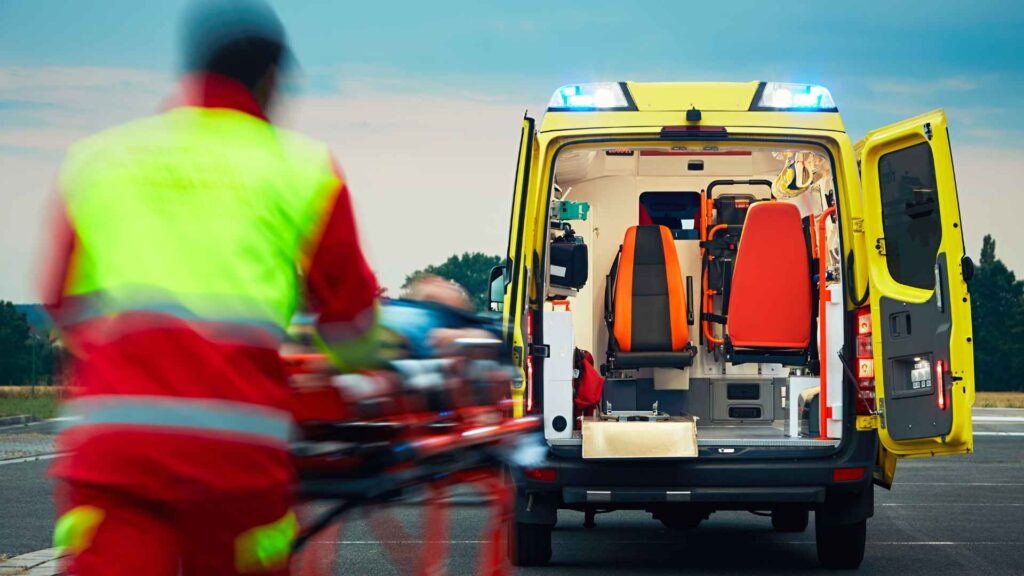When hit by a medical emergency, most people are caught unprepared and just panic or freeze.
That’s why we are glad you are reading this.
This article is in no way a substitute for a first aid and cpr training course, but it will give you an idea of what you can do, even if you are not trained in any specific procedures.
First and foremost, if you are not CPR / First Aid trained, or the situation is beyond your expertise – you should get qualified, professional help.
Here is the list of sources where that help can be obtained:
- The Police
- Fire Department
- Poison Control Center
- Local Hospital
- Ambulance Service
- Family Doctor
Keeping those numbers in your cellphone at all times and within reach is always a good idea, just in case.
Here are a few more ways to be prepared for a medical emergency:
Make a List of Medical Substances or Aides Your Family Takes
This list will be useful especially before traveling, to make sure you pack those medications to the trip with you. It will also serve as a good source of information when you need to give your family member a pill and they can’t speak to tell you what it’s called and where in the house you can find it. There is a whole plethora of conditions that require regular medication and when it’s really needed, it’s needed now.
Keep a Kit with First Aid Supplies
One at home and one in the car, as a matter of fact. Check them once or twice a year to make sure it’s well stacked and nothing in it had expired. Here’s a list of content for a basic first aid kit:
- Aspirin / Acetaminophen / Ibuprofen
- Antibiotic Ointment and Hydrogen Peroxide
- Bandages, Cold packs, Latex Gloves
- Rehydrating Fluids
- Safety pins, Scissors, Tweezers
- Soap, Hand Sanitizer
- Antihistamine
- Thermometer
- Spare Chronic Medications
Learn CPR. This is among the most useful skills to obtain that you might need in an emergency. Not every emergency will need it, but those that do will likely be tight life or death situations. This is not an exaggeration by any means. That’s why our training program in Toronto is extremely popular. Click here to learn more.
In this video, we delve into the essential ABCs of first aid—Airway, Breathing, and Circulation. Understanding these foundational principles is crucial for anyone wanting to respond effectively in emergency situations. Whether you’re a healthcare professional or a concerned citizen, mastering these basics can make a critical difference in saving lives. Join us as we explore each step, providing valuable insights and practical tips for handling emergencies with confidence.
Now regardless what happened, you need to follow this set of emergency response rules:
Make Sure The Scene is Safe. You can’t administer assistance to someone who is still in direct danger, especially if you are putting yourself in yourself danger as well.
Determine the Problem. Different scenarios require different intervention. Identify the number of victims and their conditions. Ask bystanders for help.
Call for Help. Be prepared to answer questions regarding what you’d assessed in the step above, but also information about your location and other details, so make sure you know all that you could gather.
Direct Help. Don’t move anyone who may have a back or neck injury. Avoid causing harm by removing protruding objects – pulling a knife out of a wound may cause rapid bleeding. Check for breathing and pulse of anyone unconscious, and administer CPR if you are trained and there is a need. Having the right skills might make all the difference in saving a person’s life with your CPR training. Turn the patient over to professionals when they arrive.
And yes, joining our Coast2Coast training program can also help a great deal. Contact us now to get one and be there for someone in need!




















No comment yet, add your voice below!